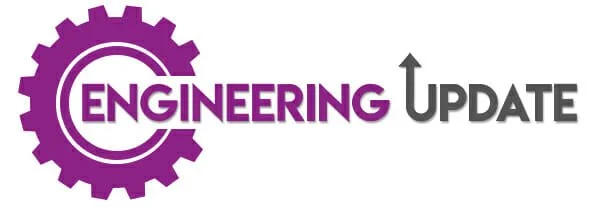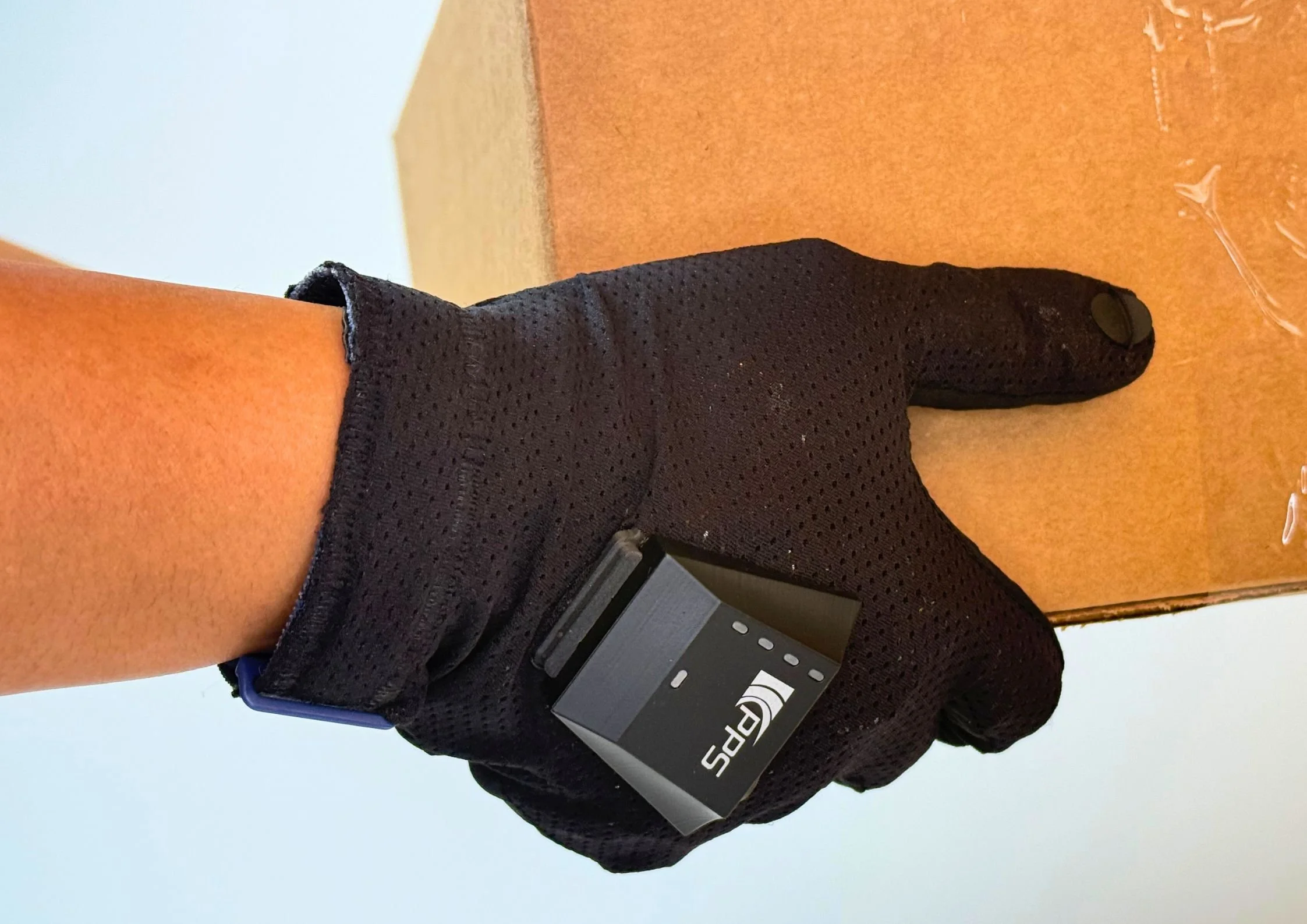Touch and vision combine to advance workplace safety
Research shows how multimodal sensing transforms risk assessment in lifting tasks
Tactile sensing technology specialist PPS has worked with Purdue University, an institution known for its science, technology, engineering and mathematics (STEM) specialisms, to demonstrate how tactile sensing and computer vision can improve risk assessment in manual lifting tasks, an area still dominated by observation and estimation. The paper, published in October 2025 on ScienceDirect, shows that when grip and posture data are read together, risk models capture the subtleties of human movement with new precision.
Tactile sensing is used widely across robotics, healthcare and industrial automation. The study joins the detailed tactile maps generated by PPS’s TactileGlove sensors with posture analysis derived from video. The combined model recognises variations in force and form that single-input systems miss. It measures how workers distribute pressure through the hand while lifting and how that distribution changes as the body adjusts to weight and height. Each signal strengthens the other, revealing patterns that indicate strain long before fatigue becomes visible.
“For decades, observational checklists and self-reported discomfort have been the main factors in evaluating injury,” explains Denny Yu, co-author and Purdue University researcher. “These methods record what can be seen, not what is felt, by measuring body angles and load weights but overlooks how pressure flows through the hands, wrists and forearms as a task unfolds. Tactile sensing can show the micro-interactions between human touch and physical effort.”
When combined with visual analysis, tactile sensing highlights the hidden stresses that shape performance and safety. This shift from estimation to measurement is redefining ergonomics as a data-rich discipline grounded in evidence rather than interpretation.
“We have spent two decades quantifying touch. What began in consumer electronics is now guiding safer industrial design,” added Dr Jae Son, Founder and CEO at PPS. “The Purdue partnership moves that vision forward by proving that tactile intelligence does not stop at the hand. This research shows how applied sensing can reshape ergonomics.”
For industrial engineers and safety specialists, the findings suggest a path towards predictive ergonomics that works in real conditions. The TactileGloves record continuous interaction data without restricting movement, while the vision model reads alignment and motion. The output creates a risk profile that adapts as each lift unfolds, offering insights for both design and training.


